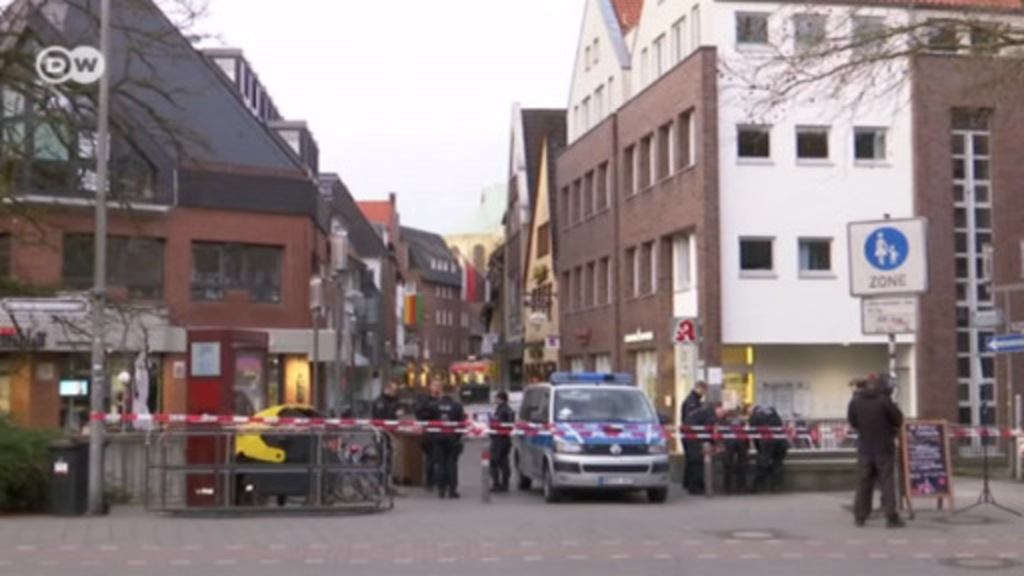News
Germany: World War II bomb removal forces mass evacuation in western city
A British bomb left over from the Second World War has forced 26,000 people to vacate their homes in the western German city of Paderborn. The bomb is particularly dangerous because it is not deeply buried.
Bomb disposal specialists on Sunday began work on removing a British bomb dropped on the western German city of Paderborn during World War II, forcing thousands of residents to temporarily leave their residences.
Buildings within a 1.5-kilometer (0.93-mile) radius of the bomb were to be evacuated, including two hospitals, several homes for the elderly, the university and parts of the historic old town. Emergency shelters have been set up, and more than 1,000 volunteers are helping emergency services organize the evacuation.
The evacuation was to be completed by noon local time (1000 UTC) to enable the disposal work to take place. If all goes to plan, people will be allowed to return to their homes at around 5 p.m. local time.
The bomb, which was found in a garden last month during construction work (above photo), would cause major damage if it were to go off, as it is buried only 80 centimeters (31.5 inches) deep.
Read more: German town lives with lethal legacy of World War II
Ongoing struggle
Unexploded bombs from World War II are still regularly discovered in Germany even more than 70 years after the conflict ended, with US and British air forces estimated to have dropped more than a million tons of bombs on the country between 1940 and 1945 in the fight against the Nazi regime.
In September last year, more than 70,000 people in the financial hub of Frankfurt were forced to leave their homes to allow a particularly large bomb to be disposed of.
Eleven German bomb disposal experts have been killed in the course of their work since 2000.
Each evening at 1830 UTC, DW's editors send out a selection of the day's hard news and quality feature journalism. You can sign up to receive it directly here.
DW recommends
WWW links
Audios and videos on the topic
- Date 08.04.2018
- Author Timothy Jones (with AFP, dpa)
- Keywords bombs, World War Two, Second World War, bomb disposal
- Share Send Facebook Twitter Google+ More
- Feedback: Send us your feedback.
- Print Print this page
- Permalink http://p.dw.com/p/2vffr
- Date 08.04.2018
- Author Timothy Jones (with AFP, dpa)
- Keywords bombs, World War Two, Second World War, bomb disposal
- Share Send Facebook Twitter Google+ More
- Send us your feedback.
- Print Print this page
- Permalink http://p.dw.com/p/2vffr















